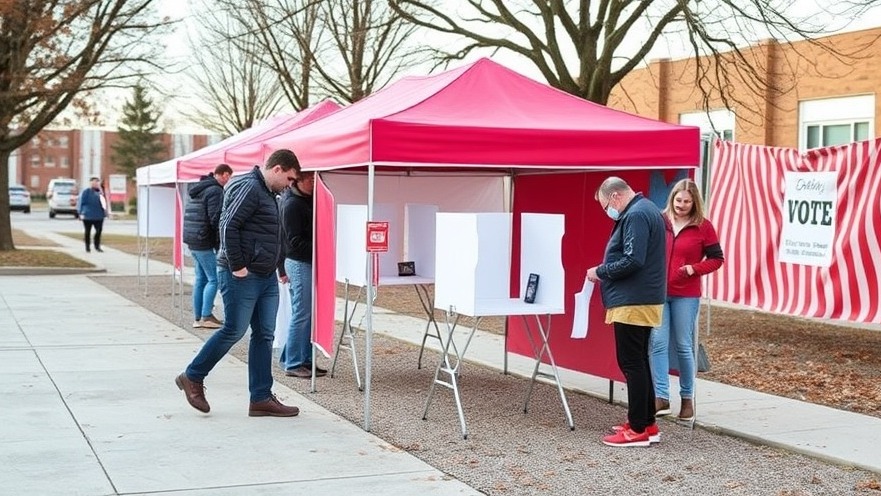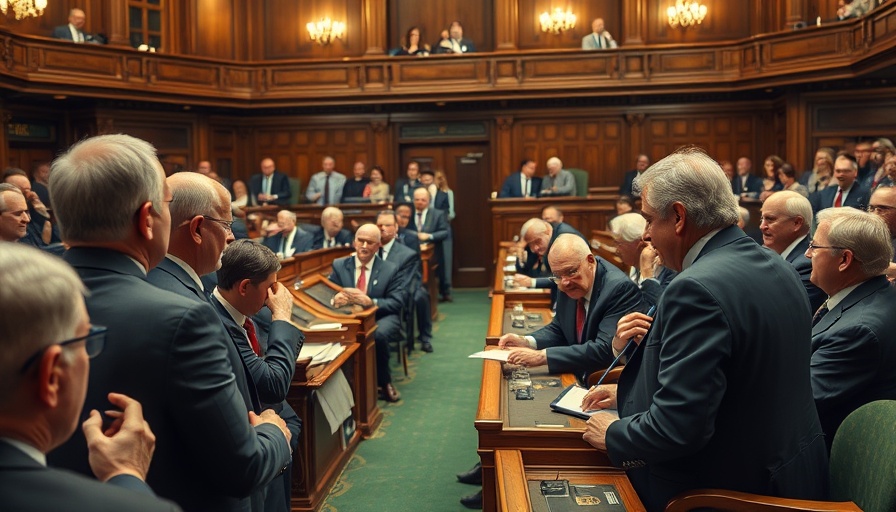
Texas County Makes Controversial Decision to Cut Polling Sites
In a move that has sparked widespread debate, Tarrant County, Texas, has announced it will cut over 100 polling locations for upcoming elections. This decision comes as part of a larger trend across various states where the accessibility of voting, particularly mail-in voting, is being scrutinized amid national discussions led by influential figures like former President Donald Trump.
Understanding the Implications of Fewer Polling Sites
For many residents, reducing the number of polling places can lead to increased wait times and added difficulty in casting a ballot, especially for those in marginalized communities. Experts suggest that this change could disproportionately affect lower-income voters who rely on public transportation and may not be able to travel farther to reach the remaining polling sites.
A Closer Look at Mail-in Voting Attacks
Recent political rhetoric has increasingly targeted mail-in voting, with arguments claiming it leads to fraud despite findings that show fraud rates remain exceedingly low. Trump's ongoing critiques have colored perceptions nationwide, and in States like Texas, officials are watching these national discussions peel back, fearing a potential decline in voter turnout as apprehensions grow around the reliability of the voting process.
Historical Context: The Evolution of Voting Rights
Historically, voting rights in the United States have been a contentious issue. The Voting Rights Act of 1965 made significant strides toward eliminating discriminatory voting practices. However, in recent years, several states, Texas included, have enacted laws that critics argue may suppress voter participation. The cut of polling sites stands as a potential shift that echoes previous efforts to diminish voting access.
The Social Connection: Why Accessibility in Voting Matters
Voting is a cornerstone of democracy and an essential civic duty. The ability to access polling locations easily should be a priority in all communities. Surveys indicate higher voter turnout in areas where polling locations are readily available. When citizens feel their voices matter, they are more likely to engage in the electoral process, leading to a healthier democracy.
Potential Consequences for Texas Elections in 2025
As Texas gears up for its electoral races in 2025, the implications of this decision cannot be understated. With an already complex backdrop of voter ID laws and limited access to mail-in voting, the reduction in polling sites may make participation even more challenging for many residents. Analysts predict that this change could lead to a significant impact on local and state elections, raising questions about voter representation.
Counterarguments: Protecting Election Integrity
Proponents of reducing polling sites argue that it is a move to streamline operations and protect election integrity. They believe that concentrating voting resources can lead to a more organized process. However, this perspective fails to consider the needs of diverse voter populations and overlooks the potential disenfranchisement caused by less accessibility.
Staying Informed: The Importance of Local News
As citizens, staying informed about the changes in voting regulations and polling site availability is crucial. Various local news outlets and community organizations are working tirelessly to relay essential information about upcoming elections and what voters can do to make their voices heard. Engaging with local news encourages civic involvement and fosters a more informed electorate.
In light of these critical changes, it is essential for voters to know their rights and understand the evolving landscape of voting access in Texas.
 Add Element
Add Element  Add Row
Add Row 



Write A Comment